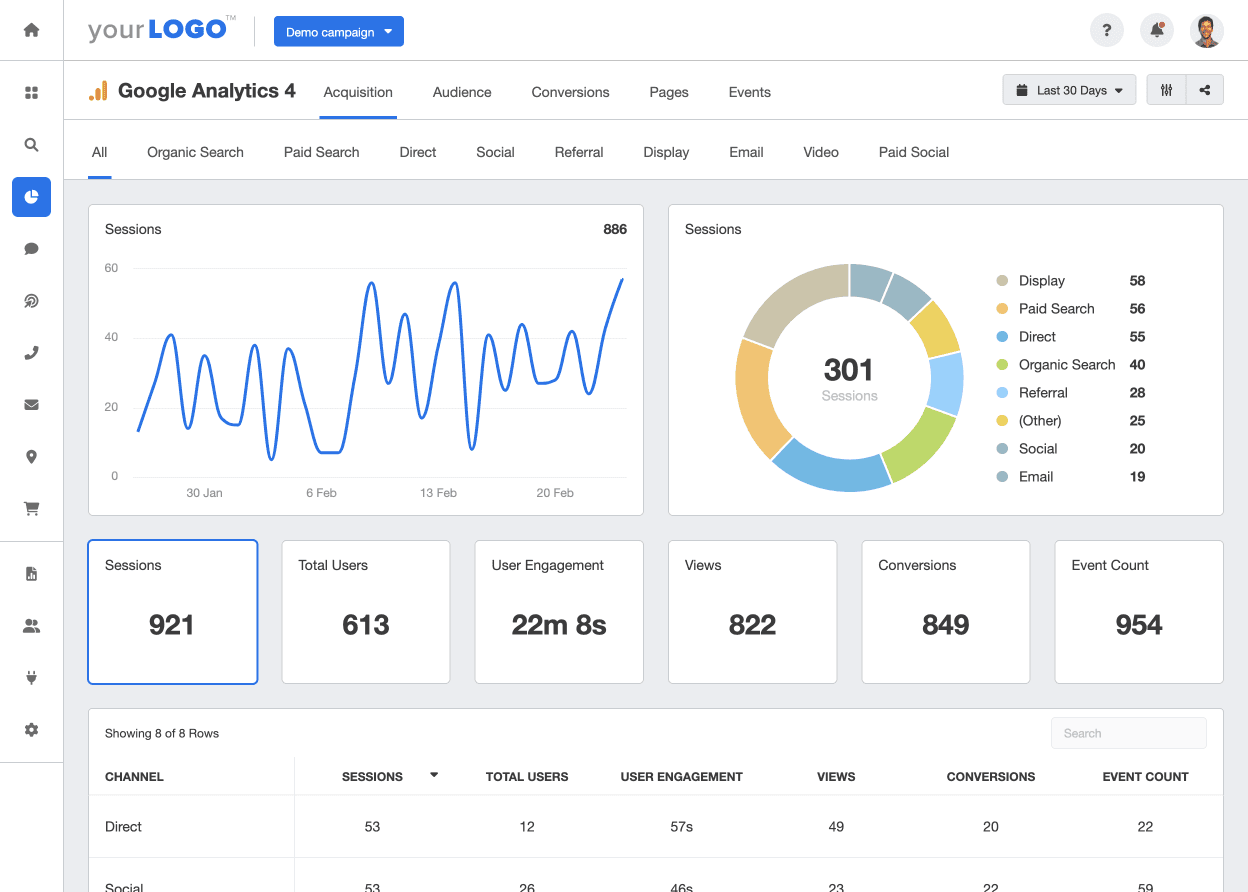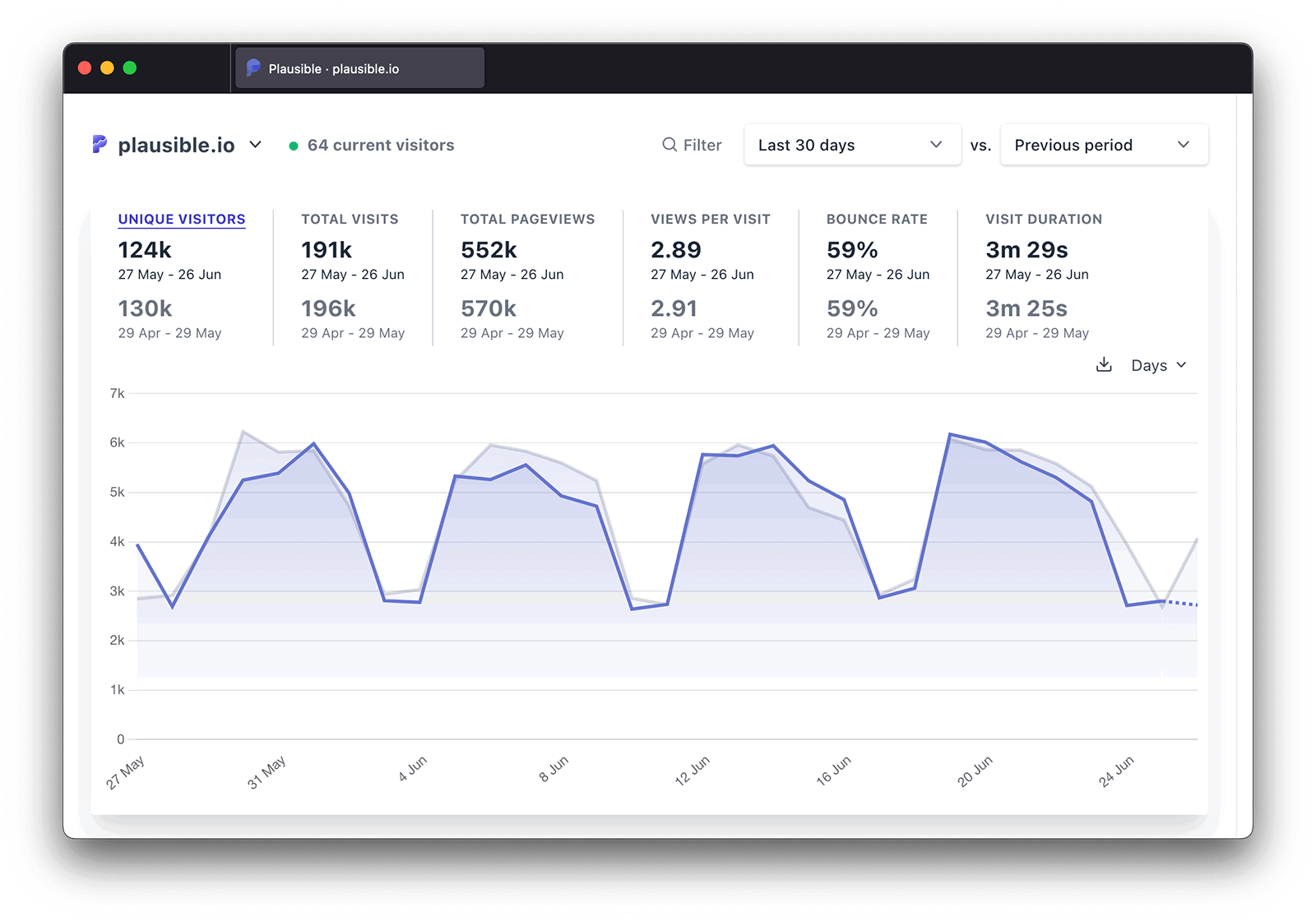Specialist Tips on When Does the Google Analytics Tracking Code Send an Event Hit to Analytics for Boosted Information Precision
Specialist Tips on When Does the Google Analytics Tracking Code Send an Event Hit to Analytics for Boosted Information Precision
Blog Article
Master Website Insights With Accurate Google Analytics Monitoring Code
The effective application of Google Analytics pivots on the precise execution of its monitoring code, a fundamental step usually ignored by site owners. What are the usual risks that could undermine your tracking initiatives, and just how can you make sure accuracy in your method?
Understanding Google Analytics Essentials
Google Analytics is a necessary tool for internet site owners and marketing professionals, providing vital understandings into individual actions and site efficiency. At its core, Google Analytics collects data concerning visitors to a site, permitting users to examine metrics such as traffic sources, individual involvement, and conversion rates. Comprehending these principles is essential for enhancing a website's performance and boosting user experience.
The platform utilizes cookies to track communications, recording data such as page views, session durations, and bounce rates. This info is accumulated and offered via personalized dashboards, enabling users to imagine patterns gradually. Trick efficiency indications (KPIs) can be kept track of, such as the overall number of users, new versus returning visitors, and the geographic circulation of the target market.
In Addition, Google Analytics offers segmentation features, enabling users to isolate certain traffic sources or user demographics for more targeted evaluation. By understanding these fundamental aspects, web site owners can make educated decisions about web content approach, advertising and marketing projects, and general site improvements. Ultimately, understanding Google Analytics basics is important for leveraging data to drive growth and attain service purposes successfully.
Establishing Your Tracking Code

Duplicate the provided monitoring code and paste it right into the HTML of your web site. This guarantees that the tracking code loads prior to any kind of other content, permitting it to record information precisely.
After installation, verify that the monitoring code is operating properly by utilizing Google Tag Aide or the Real-Time reports in Google Analytics - when does the google analytics tracking code send an event hit to analytics?. This action is important to validate that your data collection is energetic and accurate, establishing the foundation for informative evaluation
Typical Monitoring Code Issues
Lots of website proprietors experience usual problems with their Google Analytics tracking code that can prevent data collection and evaluation. One prevalent concern is incorrect installation. This might occur when the tracking code is placed in the incorrect area of the site's HTML, often causing absent or insufficient data. Furthermore, having multiple instances of the monitoring code on a single page can cause inflated metrics, as user communications may be counted a lot more than as soon as.
One more concern arises from making use of ad blockers, which can stop the monitoring code from performing entirely, therefore skewing information. when does the google analytics tracking code send an event hit to analytics?. In addition, failure to set up filters appropriately can lead to the exclusion of necessary website traffic resources or the incorporation of undesirable reference spam, misshaping the information collected
Website owners might additionally overlook the significance of tracking code updates, especially when migrating to Google Analytics 4 (GA4) from Universal Analytics. Finally, inadequate screening before introducing modifications can cause undetected view mistakes in the tracking code, additionally making complex information reliability. Attending to these usual concerns is critical for making certain precise tracking and insightful Read Full Article analytics.
Studying Web Site Data Effectively
Exact information collection is just the very first step in leveraging Google Analytics; the genuine worth depends on properly examining that information to drive educated decision-making. To achieve this, it is necessary to identify vital efficiency indicators (KPIs) that straighten with your service goals. Concentrate on metrics such as conversion rates, user involvement, and web traffic sources, as these will certainly offer understandings into user actions and the overall performance of your web site.
Using Google Analytics' division functions enables a much deeper understanding of your audience. By damaging down data right into particular demographics, actions, and web traffic networks, you can uncover fads and patterns that notify targeted strategies. Carrying out customized records and dashboards can enhance this process, allowing fast access to significant data.
In addition, on a regular basis assessing information trends over time aids to determine abnormalities and chances for improvement. Make use of visualization tools to present information in an easily absorbable layout, promoting more efficient interaction with stakeholders. Ultimately, the capability to analyze web site information effectively equips services to make critical choices that enhance customer experience, optimize marketing efforts, and drive growth.

Ideal Practices for Accurate Monitoring
Executing effective monitoring methods is essential for obtaining trusted information in Google Analytics. To guarantee exact tracking, start by appropriately mounting the Google Analytics tracking code on every page of your web site. This can be accomplished via a tag manager or by straight embedding the code right into the HTML.
Following, configure your Google Analytics account to exclude interior website traffic. This can be done by setting up weblink filters that determine and remove check outs from your company's IP address, thereby stopping skewed information. Additionally, use event monitoring to check certain user communications, such as downloads or video clip plays, which basic web page views may ignore.
On a regular basis examine your monitoring configuration to verify that all attributes, such as goals and ecommerce tracking, are functioning properly. Establish a constant naming convention for your projects and occasions to assist in less complicated coverage and evaluation.
Lastly, consider leveraging UTM parameters for campaigns to acquire insights into the performance of different marketing efforts. By following these best practices, you can enhance the accuracy of your data collection and analysis, ultimately leading to more enlightened decision-making for your site.
Conclusion
By making sure the tracking code is appropriately placed and frequently audited, site owners can record important customer interaction information, thus promoting the identification of vital performance signs. Ultimately, a robust monitoring framework improves the ability to drive interaction and boost overall internet site performance.

Inadequate testing before releasing modifications can result in unnoticed errors in the monitoring code, better complicating data integrity.Carrying out efficient tracking practices is critical for acquiring reputable data in Google Analytics. By making certain the tracking code is correctly put and frequently audited, internet site owners can record crucial user communication data, thus helping with the recognition of essential performance indications.
Report this page